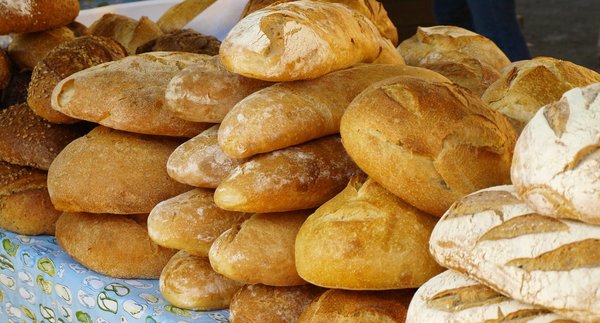
A STUDY by the University of Western Australia of foods labelled ‘gluten-free’ published this week in the Medical Journal of Australia has found some produced overseas do not comply with the Australian standard of ‘no detectable gluten’.
Sensitivity to gluten affects people with coeliac disease (CD) and the impact can vary between patients, with levels in food less than one part-per-million protecting most patients but, despite this, international food codes only require foods labelled ‘gluten-free’ to contain less than 20 ppm gluten.
To find out how much gluten was present in imported GF products, research led by UWA Clinical Professor Geoff Forbes purchased 169 GF-labelled food items manufactured overseas from four retailers in Perth to test them for gluten content.
The countries of origin were in Europe, Asia, and North and South America and the food categories included crackers, bread and biscuits, cereals, flour and grains, condiments and sauces, spices, pasta, drinks and soups and confectionary and snacks.
Gluten was detected in 24, or 14 per cent of the products, but at very low levels in all. Twenty items had detectable but unquantifiable levels of gluten (less than 1 part per million), and four had quantifiable levels (three with 1.0 ppm and one with 1.1 ppm).
“Our findings have important implications. Firstly, despite tiny traces of gluten being found in 14 per cent of the foods tested, CD patients can confidently consume GF-products purchased in Australia,” Professor Forbes said.
“Secondly, a marked tightening of international GF standards is readily achievable by industry.”
Professor Forbes said the study also showed that standards in Australia were impractical.
“We recommended that Australian authorities revise the current Australian standard of ‘no detectable gluten’ to ‘one ppm or less’ as it is not practical or reasonable for industry to comply with the current Australian standard,” he said.






